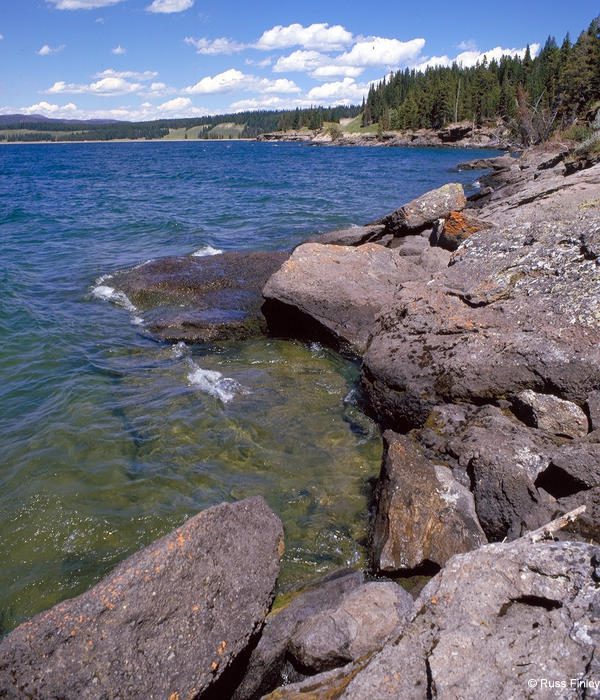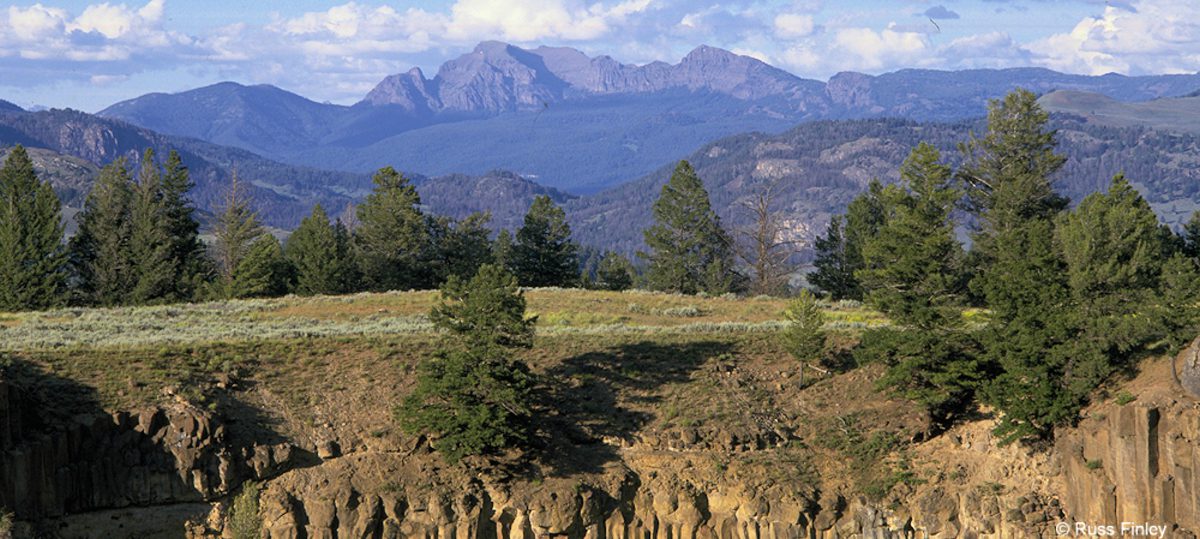
Yellowstone National Park, with its awe-inspiring geology, captivates travelers from all corners of the globe. While New Zealand and Iceland are renowned for their geysers, Yellowstone stands unrivaled in sheer numbers and diversity. The park’s striking landscapes, abundant wildlife, and rich history played pivotal roles in Congress designating it as the world’s first national park in 1872.
A look into the geological wonders that define Yellowstone:
- Volcanic Legacy: Yellowstone’s tumultuous past is marked by volcanic activity. Three cataclysmic eruptions occurred here:
- Approximately 2 million years ago
- Then 1.2 million years ago
- And again 600,000 years ago The most recent eruption expelled a staggering 240 cubic miles of debris. The resulting collapse formed a massive caldera—a basin—measuring 28 by 47 miles. Remarkably, the same magmatic heat that fueled these eruptions continues to power Yellowstone’s iconic geysers, hot springs, fumaroles, and mud pots.
- Yellowstone Lake: Nestled at the heart of the park, Yellowstone Lake is a geological marvel. Its serene surface conceals a volcanic past, with underwater hydrothermal features and submerged geysers. The lake’s depths hold secrets of ancient eruptions and thermal activity.
- Grand Canyon of the Yellowstone: Carved by the Yellowstone River, this dramatic canyon offers a glimpse into Earth’s interior. Towering waterfalls cascade over lava flows, revealing the boundaries of thermal areas. The vibrant colors of the canyon walls—ranging from ochre to rust—tell the story of volcanic forces shaping the landscape.
- Rugged Mountains: Surrounding the volcanic plateau, rugged mountain ranges add to Yellowstone’s allure. These peaks—such as the Absaroka Range—frame the park’s geothermal wonders and provide a breathtaking backdrop for visitors.
As you explore Yellowstone, remember that beneath its serene beauty lies a dynamic and ever-changing geothermal landscape. Whether you’re gazing at Old Faithful’s eruption or hiking along the Grand Canyon’s rim, you’re witnessing the ongoing legacy of Earth’s fiery forces.
